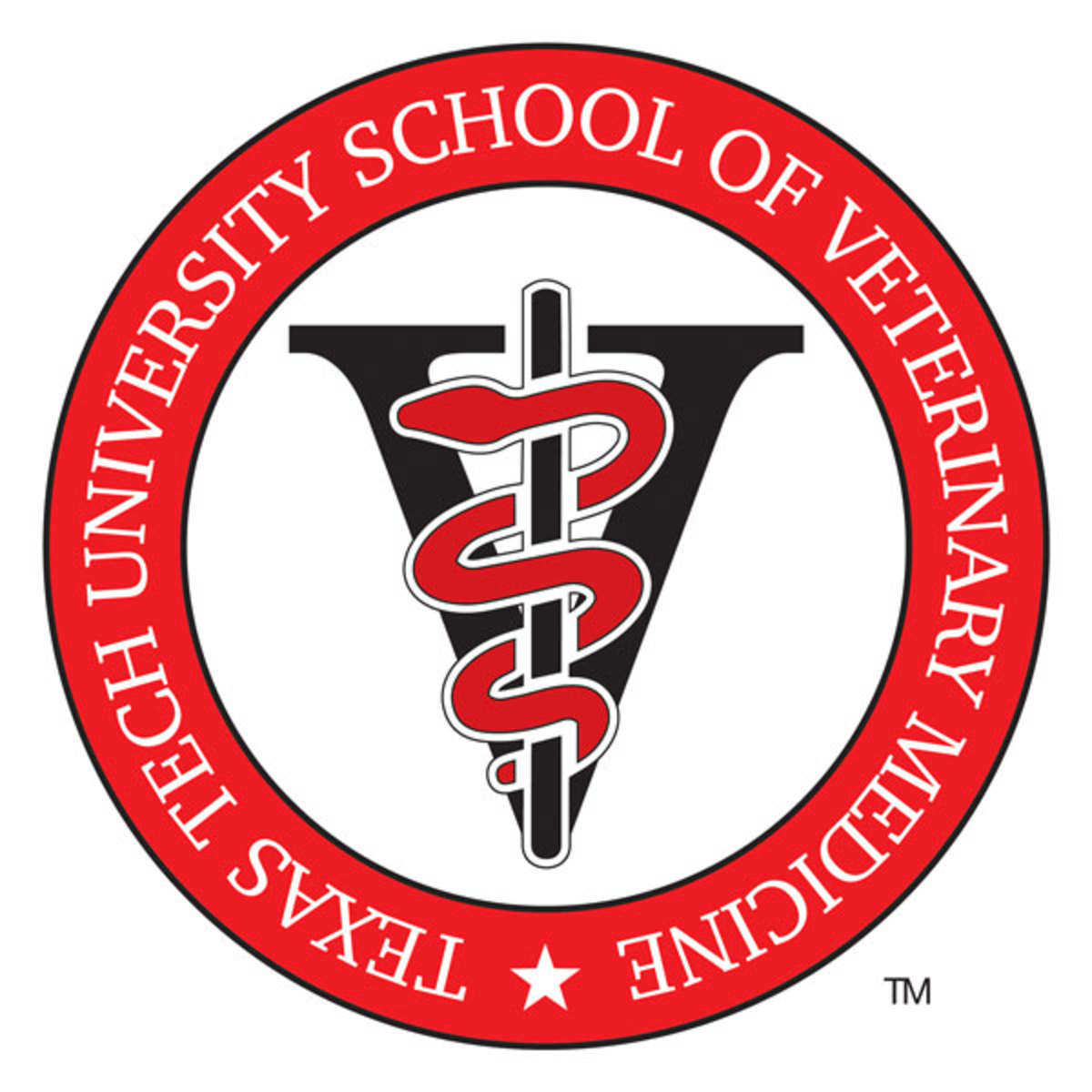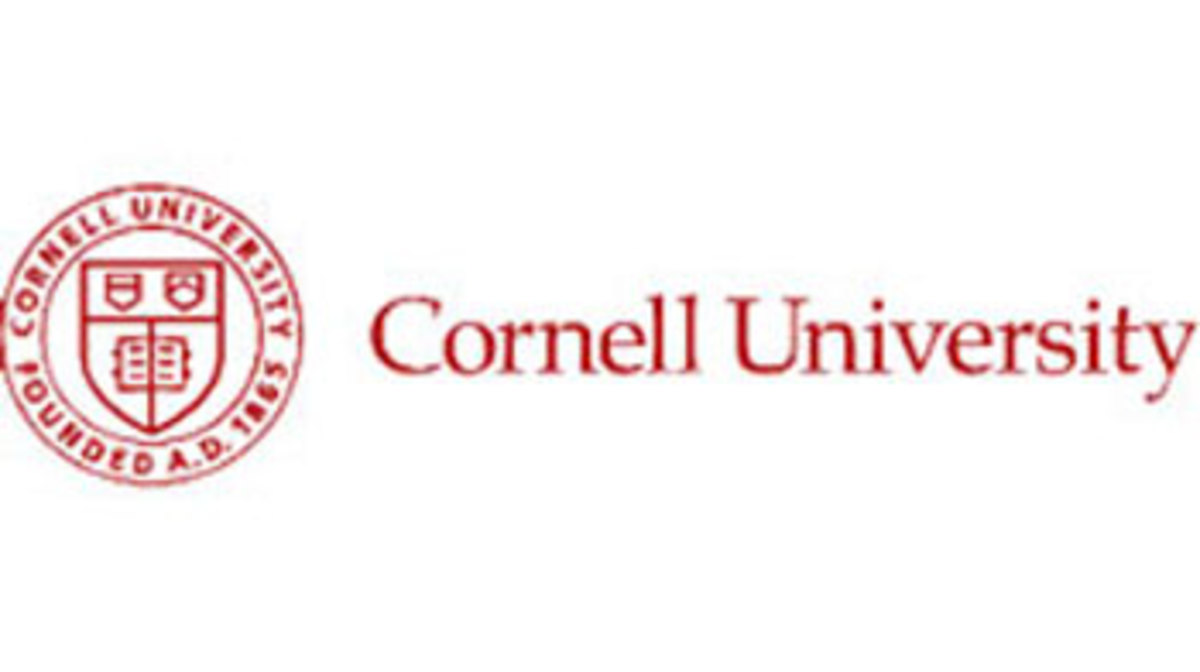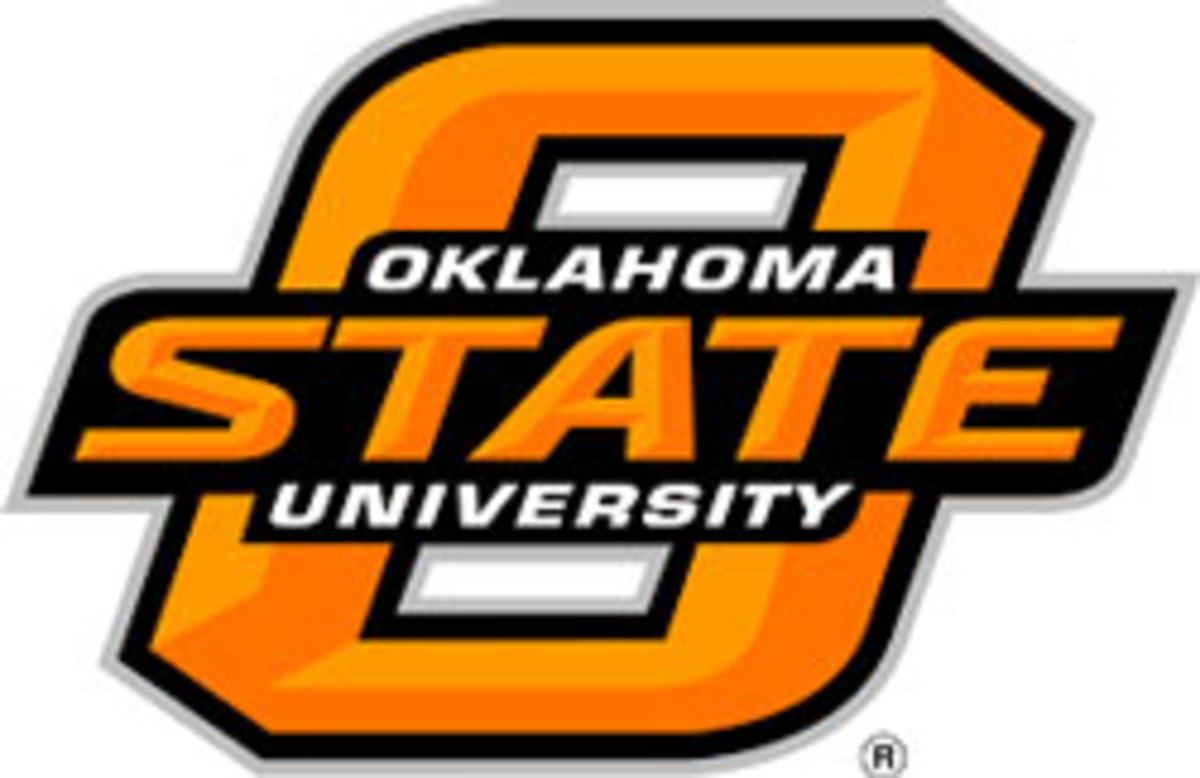
The Scoop From the Schools is a blog that brings news and information from vet schools and equine research facilities to those involved in the equine veterinary industry. This month we feature news from Texas Tech University School of Veterinary Medicine, Cornell University and Oklahoma State University.

The Scoop From the Schools
is brought to you by Hilltop Bio.
Welcome Texas Tech University School of Veterinary Medicine

August might mark the end of summer for some, but for Texas Tech this month means new beginnings. After more than 50 years of dreaming, planning and probably wearing out a lot shoe leather in support of the effort, supporters’ efforts paid off as 64 students were able to christen the hallowed halls of the brand new Texas Tech University School of Veterinary Medicine (TTU SVM) on August 9 and began their academic journey on August 16.
“Our efforts finally came to fruition because of the incredible leadership, vision and teamwork of so many across Texas Tech, Amarillo, communities across West Texas, the veterinary profession, and among elected officials,” said Weston Brooks, TTU SVM’s Director of Communications and Marketing. “The Amarillo Economic Development Corporation and private donors played hugely significant roles in making the SVM a success.”
TTU SVM has two campuses: Amarillo Campus and Mariposa Station. Amarillo Campus is the academic headquarters, divided into an East and West Wing. The East Wing houses the faculty, staff, classrooms, etc., while the West Wing houses the teaching and research laboratories. Students receive hands-on instruction with all domestic livestock, including equines, at Mariposa Station.
“Amarillo Campus and Mariposa Station are both brand-new, world-class facilities designed to give TTU SVM students the best and most affordable education we can offer,” emphasized Brooks.
The school’s curriculum focuses on general veterinary practice in rural and regional communities.
According to Brooks, “We have upended the usual model by substantially decreasing classroom time and dramatically increasing the time developing clinical and professional skills. We are focused on practitioner-identified competencies and a program that builds confidence in their competencies. In other words, practice until we get it right, and then practice some more so we can’t get it wrong.”
TTU SVM was granted Provisional Accreditation by the American Veterinary Medical Association (AVMA) Council on Education (COE) in March 2021. This status means that those who graduate from the program will receive the same privileges as students who graduate from a fully accredited program. The TTU SVM will be eligible to apply for full accreditation in the spring of 2025, when the students can demonstrate their skills and knowledge such as how well they pass the NAVLE.
The school’s official ribbon-cutting ceremony will be held October 22 of this year.
New Kid on the Block at CRES

Tate Morris, DVM, a 2016 grad from Cornell University’s College of Veterinary Medicine is back in the saddle at his alma mater. After completing a surgical residency at the New Bolton Center, University of Pennsylvania, Morris joins the Cornell faculty at the Cornell Ruffian Equine Specialists (CRES).
“I will be responsible for emergency surgery/treatment, elective surgery, sports medicine, ophthalmology, medicine and more,” said Morris. “Our position here requires us to be more than just surgeons—we’re multifaceted clinicians.”
Located in Elmont, New York, on Long Island, the 22,000-square-foot, state-of-the-art facility caters to more than racehorses at Belmont and Aqueduct.
“CRES provides services to any and all horses, including a large population of horses within the English and Western disciplines as well as polo horses from the Long Island and the Tri-State area,” said Morris.
The CRES was named after Ruffian, a renowned 3-year-old filly who suffered a catastrophic injury on July 6, 1975, at the peak of her career during a match race with that year’s Kentucky Derby and Preakness winner Foolish Pleasure. She was one of the fastest fillies of all time, winning that year’s filly version of the Triple Crown: the Acorn Stakes, Mother Goose Stakes and Coaching Club American Oaks.
Ruffian was operated on by Dr. William Reed in a smaller hospital at that location. When the new facility was built in the early 2000s, the facility was named the Ruffian Equine Medical Center. Later, Cornell elected to continue honoring the filly, renaming the facility Cornell Ruffian Equine Specialists.
Morris (who was chomping at the bit to get back to Cornell and settle in to his new position during our interview), told EquiManagement, “I am incredibly excited to return to my alma mater, where I received my Doctor of Veterinary Medicine and completed an internship at CRES. It is my hope to expand on the current services and level of veterinary medicine we provide while building a caseload in the racehorses and non-racehorses alike.”
Cozy on Up to Your Hay Producer ASAP!

Planning on feeding your horses hay this winter? Better get on it! A press release from Oklahoma State warns agriculturalists—including the equine industry—about this year’s anticipated hay shortage. Veterinarians can warn their owners of this potential hay shortage in many areas of the country due to either drought or excessive rains and re-emphasize that forage is the basis of all equine diets. (Editor’s note: You can also check out or share this snapshot of USDA hay prices in various states from Hay & Forage Grower.)
According to Oklahoma State University Extension, the cool, rainy summer has slowed the growth of several forages grown in the state such as alfalfa, rye, Bermuda and other native prairie grasses. Bermuda, for example, is 30-45 days behind normal harvest rates for this time of year, and experts suspect that Bermuda alone will be down one cutting by the end of the season.
How short is the shortfall, exactly?
“I think that depends on how August shapes up and if they can end up extending the hay season,” said Kris Hiney, PhD, Oklahoma State University Equine Extension Specialist and Associate Professor.
In the event of this anticipated shortfall, expect hay prices to go up 20% or more.
“If you have a large number of horses, that can be significant,” Hiney warned.
Exactly how much the price increases depends on a number of factors, including shortages in other regions of the country. And Oklahoma is not the only state where hay shortages should be expected.
Hiney said, “Our neighbors to the north and west have been slammed with heat and drought.”
If your clients are getting nervous about finding sufficient forage to last ‘til spring, Hiney suggested bagged forages, cubes and pellets as alternatives. She does warn, however, that as processing increases, so does the price.
One of the best ways to secure hay earlier in the season is by having a good relationship with your hay supplier.
“There is something to be said for customer loyalty. Overall my advice is to secure your hay now, and expect to pay more!” Hiney said.

The Scoop From the Schools
is brought to you by Hilltop Bio.








